Learning how to run high-impact design sprints
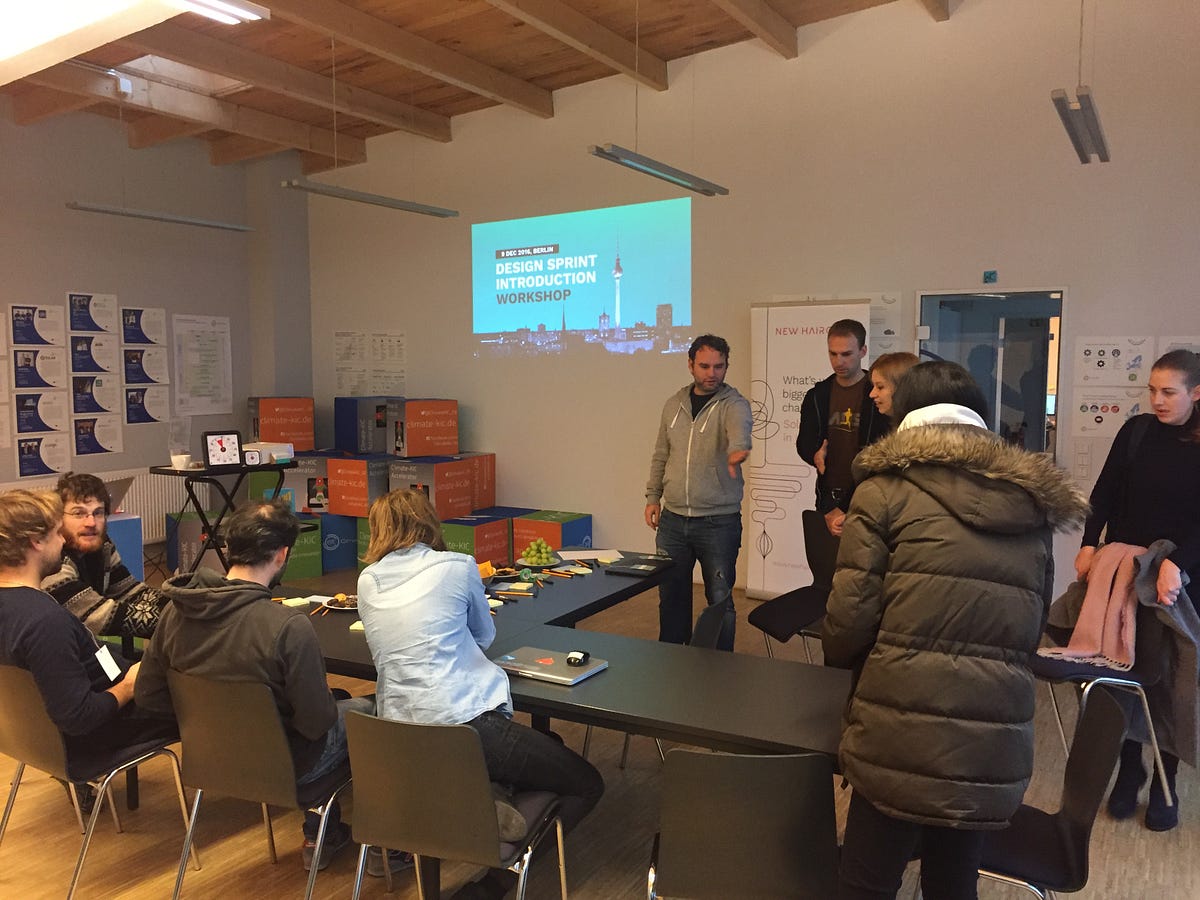
Back in March of 2016, myself and everyone at New Haircut read the Sprint book by the team at GV. We were excited about the framework but weren’t exactly sure how to get started. As well-structured and easy-to-digest as the book was, we still had a myriad of questions…
How do we connect business priorities to the sprint?
Which kind of projects are the best fit for a sprint?.. risks are high and time is short on almost everything we’re working on, right?!
What’s the difference between the challenge and the long term goal?
How do we identify the right people for Ask the Experts?
We loved the concepts, but if we were going to invest the time and energy, we were hoping to tilt the odds that we would be as successful as possible with our first sprints.
Unfortunately, at the time there weren’t any complementary resources to help us learn in advance. So, we simply dove in.
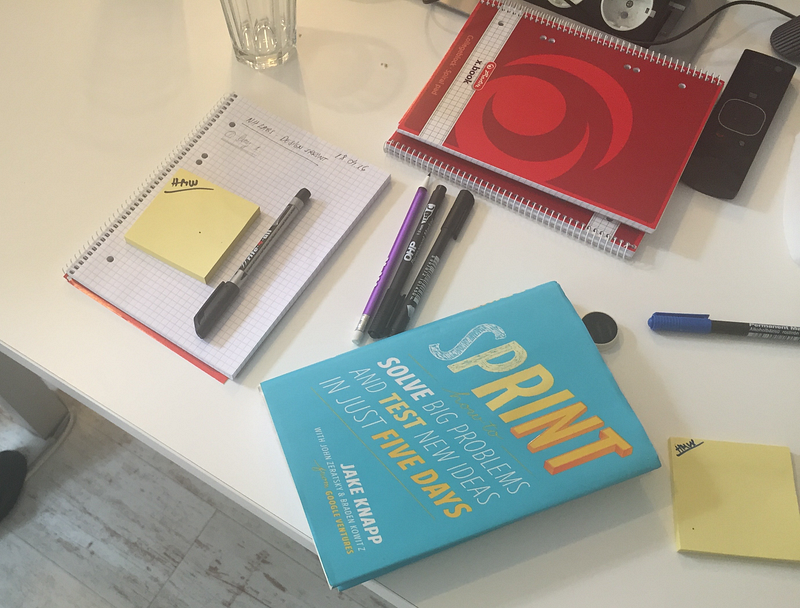
Our first sprints were messy. At least compared to those we’re teaching and facilitating today. We made all sorts of mistakes…
We didn’t book our sprint rooms far enough in advance
We didn’t have the right customers screened
We didn’t do enough pre-sprint work to ensure our sprint challenge was truly worth solving
We didn’t ask the right interview questions
We assumed sprints would provide all the answers and direction to start building our MVPs
We allowed people with big, important titles to disrupt things
We bit off way more than a sprint is designed to chew
We didn’t consider what our plan should be if and when we invalidated
On a handful of occasions, these mis-steps were nearly enough to kill the project we were working on and lose the faith of the team. Luckily, we were able to respond and adapt. And after enough practice, we’ve evolved from practitioners to teachers.
Today I want to share with you design sprint training that your team can take advantage of. It’s designed to help you quickly and efficiently learn design sprints while avoiding many of the misunderstandings and setbacks we’ve faced over the past 18 months.
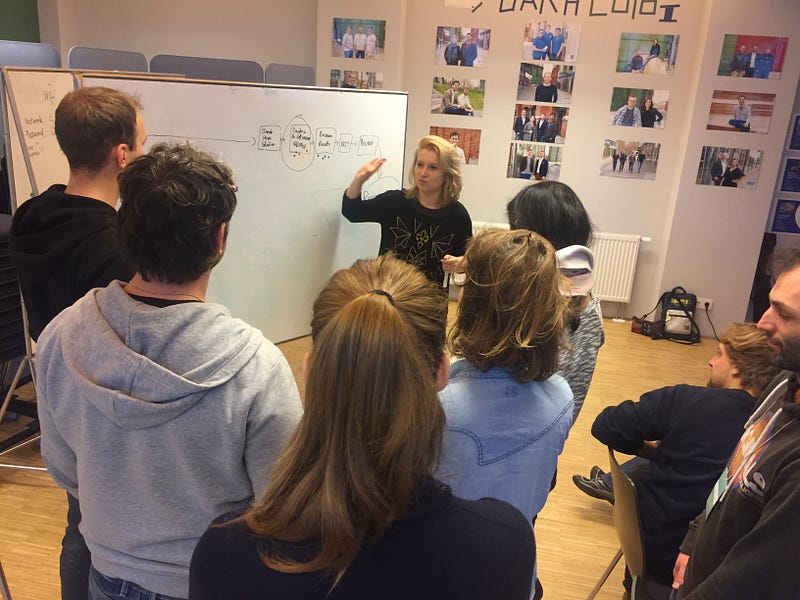
In our training, teams get to participate in a fully immersive design sprint setting. In short, the big benefit of these workshops is to help you avoid the typical pitfalls most teams will face during their first year+ of running sprints.
The format of the training is often 2 partial days. If you’re like many, you’ve probably encountered pushback, like “Spending 5 days on a full sprint is not feasible because of x, y, and z.” However many of those same individuals have agreed to spending 2 days in a training environment to try before buying.
Day 1.
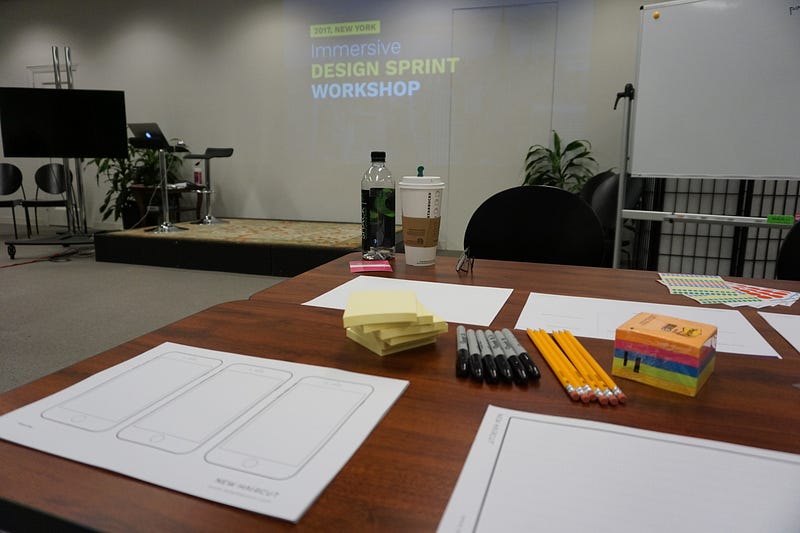
During the first day, we’ll do a bunch of really fun exercises to help break the ice and build trust with the group of strangers you’ve literally just met. Without team chemistry, you will never get through a design sprint. So we try to model the same requirement in our training environment — bond with your team and then get to work solving problems together.
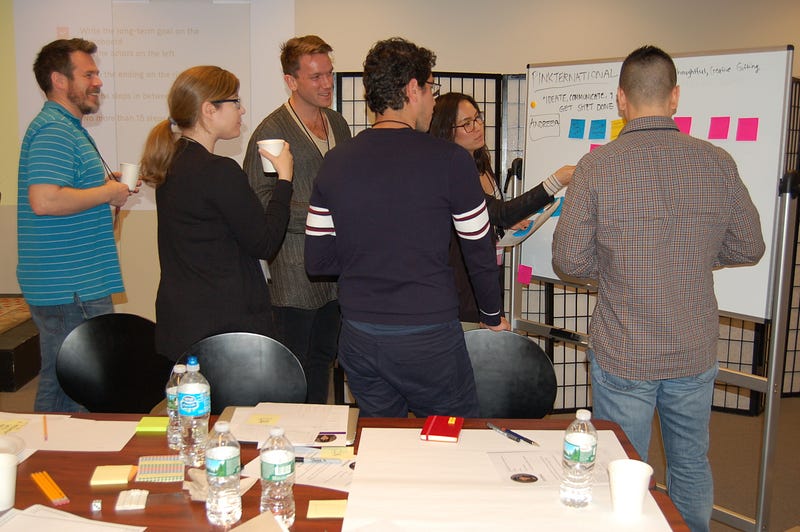
We then introduce design sprints in practical application.
We talk about how they fit into the bigger picture of business innovation, design thinking, and product development. We help attendees understand the work your team will need to do before the sprint, to ensure we’re connecting business value to the sprint, as well as choosing the right/best challenge.
At New Haircut, we label the practices that precede a design sprint as Anchoring and Framing. The visual below depicts where design sprints (a component of Validate) fit within the broader course of moving from ideas to launched, scalable solutions.
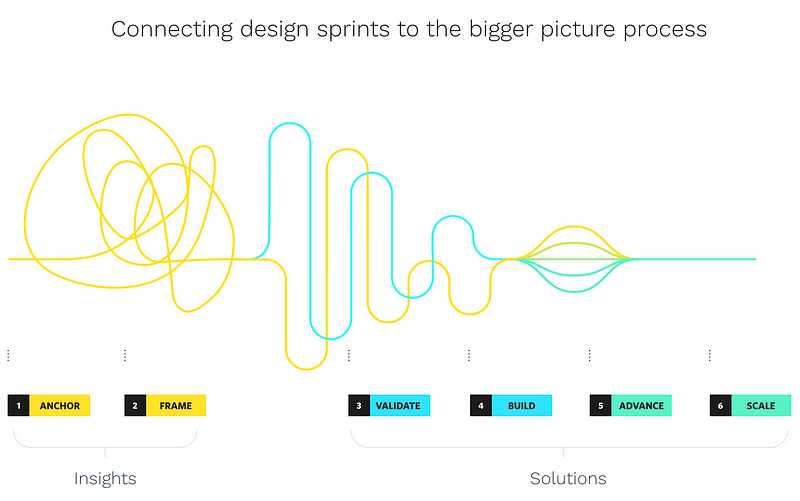
Before we get into Monday of the sprint week, we use problem framing to ensure 3 big questions that need to be addressed prior to any design sprint:
Does the problem align with the business strategy and goals?
Do your (potential) customers care about a solution to this problem?
Do you have the right people to run a sprint: sprint team, experts, customers?
Once we have an understanding of the foundation we all need to run a successful design sprint, we kick off by working through the sprint’s Monday exercises — setting a proper long term goal based on our sprint challenge, determining our sprint questions, creating a map, interviewing experts, connecting our personas to the map, and selecting a target.
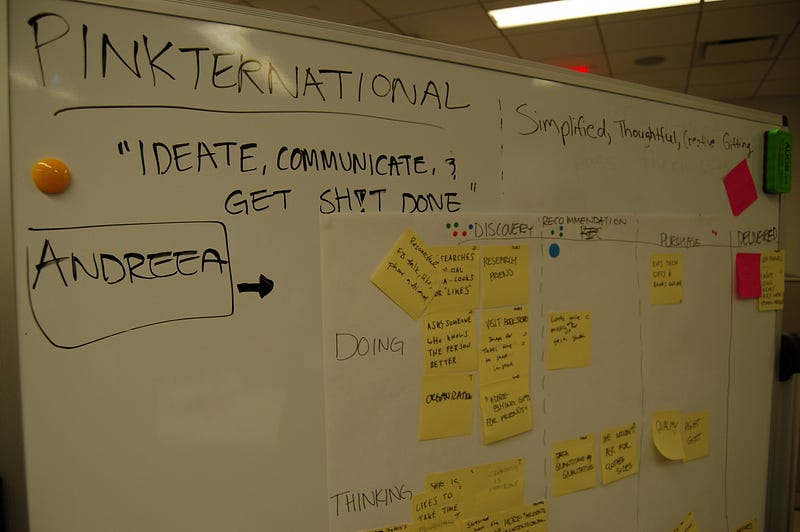
We spend the latter part of Day 1 with the 4-step sketching process that’s conducted on Tuesday of sprint week. At the conclusion of a rigorous 8 hours, our final output for the day are our solutions sketches.
Day 2.
On the second and final day of the workshop, there is a ton of work the team needs to collaborate on if they want to be ready for their customer testing at the end of the day. So we‘ll start by energizing the group and getting them clicking (again) as a team.
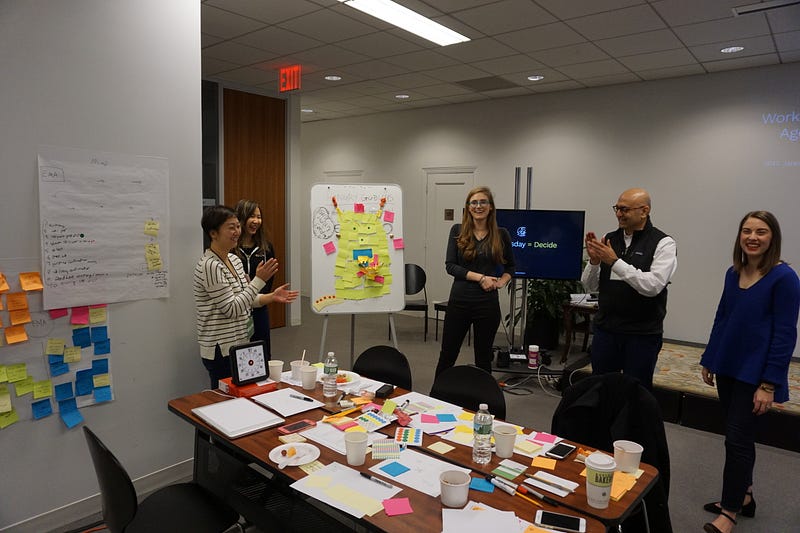
Afterward, the meat of the day includes voting on winning solutions…
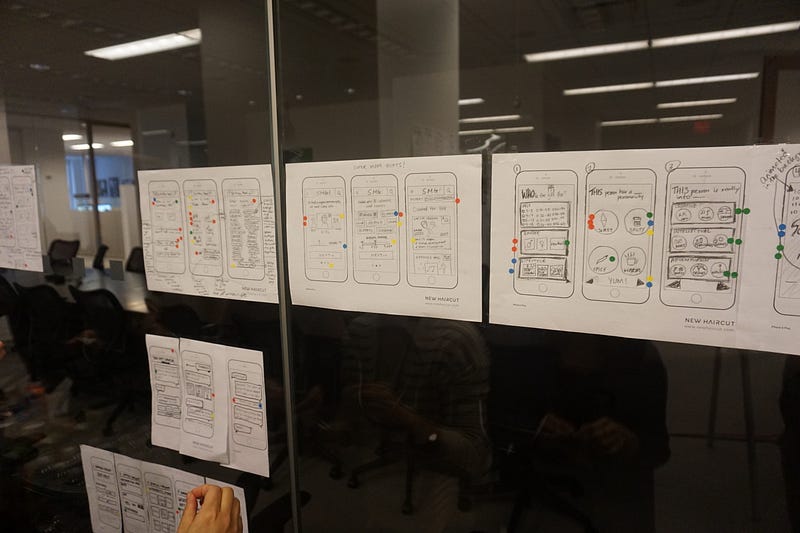
…turning those winning solutions into storyboards…
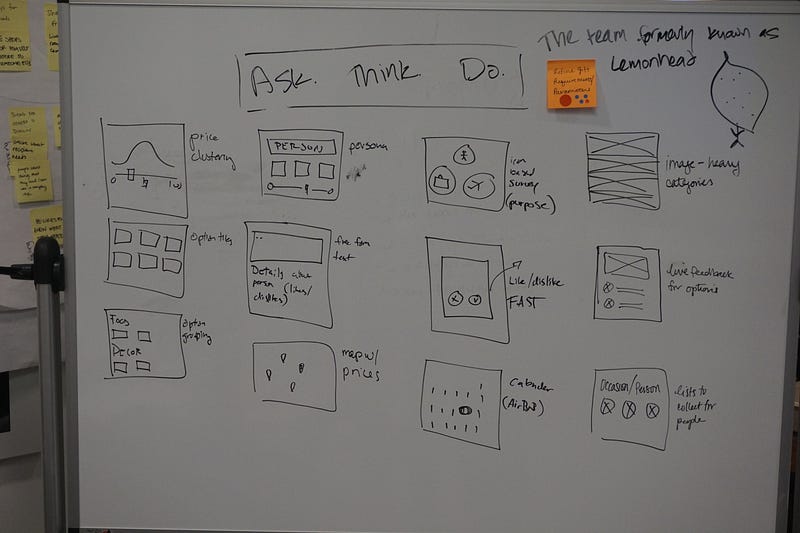
…storyboards evolving into prototypes…
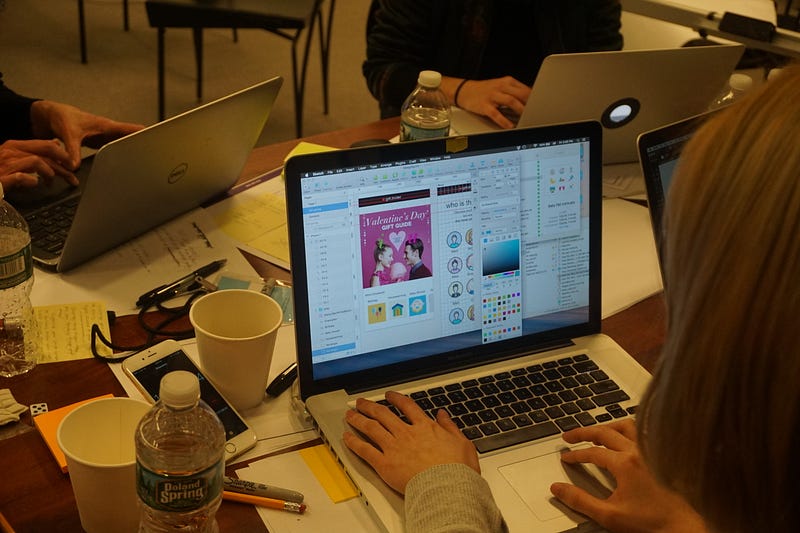
…and prototypes being tested on live customers…
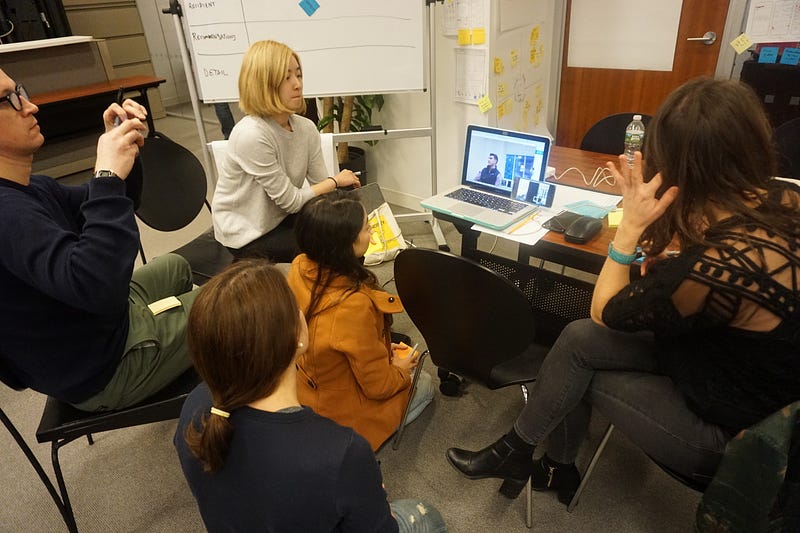
We wrap up Day 2 by setting the stage for what needs to happen after a design sprint. This is critical. One of the more popular misperceptions is that you’ll have your MVP at the conclusion of your design sprint — not true. You’ll have validation of a single, well-focused challenge within that solution, but there’s more that needs to happen to transition from design sprint to building those products & services.
When we’ve surveyed our workshop participants, almost all feel excited and empowered to take the lessons learned in the workshop to kick off their company’s first design sprints.
All in all, the public workshops are a phenomenal resource to get individuals and small teams (2–3 people) fully prepared for the rigor and mindset required for a successful design sprint.
For larger teams with big objectives and little room for trial and error, our Customized in-house workshops are a better option.
First impressions
As exciting as design sprints may seem to you, not everyone in your organization will feel the same. You will likely be fighting tooth and nail to get others in the company onboard with design sprints.
If your initial sprints fail, they may quickly fall out of favor with these influencers and leaders in the company. Truth is, no matter how much you prep, your first sprints will be rocky. However through training, the team will feel invited to drop their walls and learn together.


